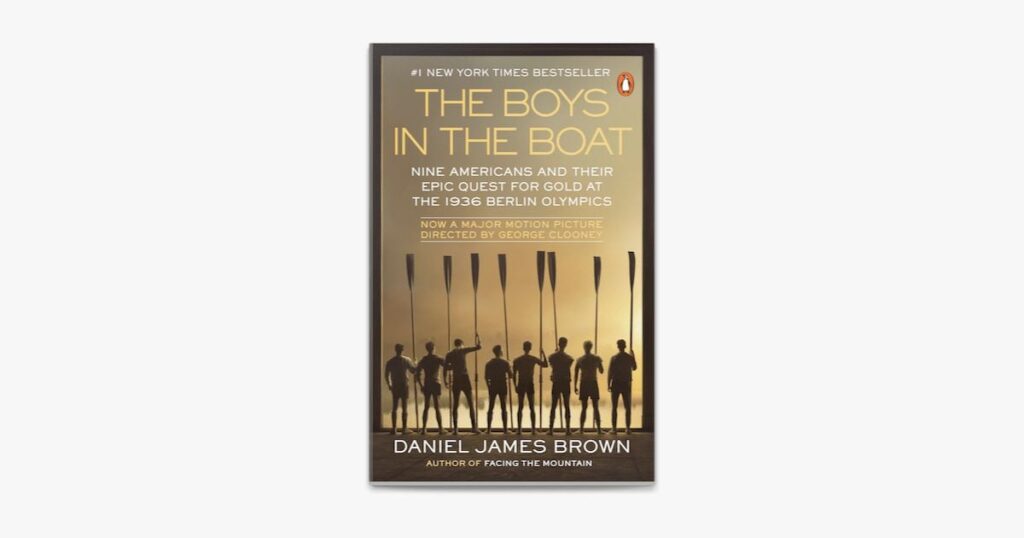Introduction to a Timeless Tale
Imagine a story that captures the essence of human struggle, triumph, and the unyielding spirit of teamwork. This is the narrative of the 1936 U.S. men’s Olympic rowing team, immortalized in ‘The Boys in the Boat.’ Let’s embark on a journey to understand why this story remains etched in the hearts of many and continues to inspire generations.
The Era of Universal Struggle and Hope
The Great Depression backdrop is more than just a historical setting; it’s a canvas that paints the universal human experiences of hardship and hope. The 1930s were tough times; schools were considered luxuries, and children often worked instead of attending them. The Emerald City, depicted in vivid detail by author Daniel James Brown, was rife with poverty, symbolizing the era’s struggles. Yet, it is this very adversity that adds depth to the story’s timelessness, as it resonates with anyone who has faced challenges.
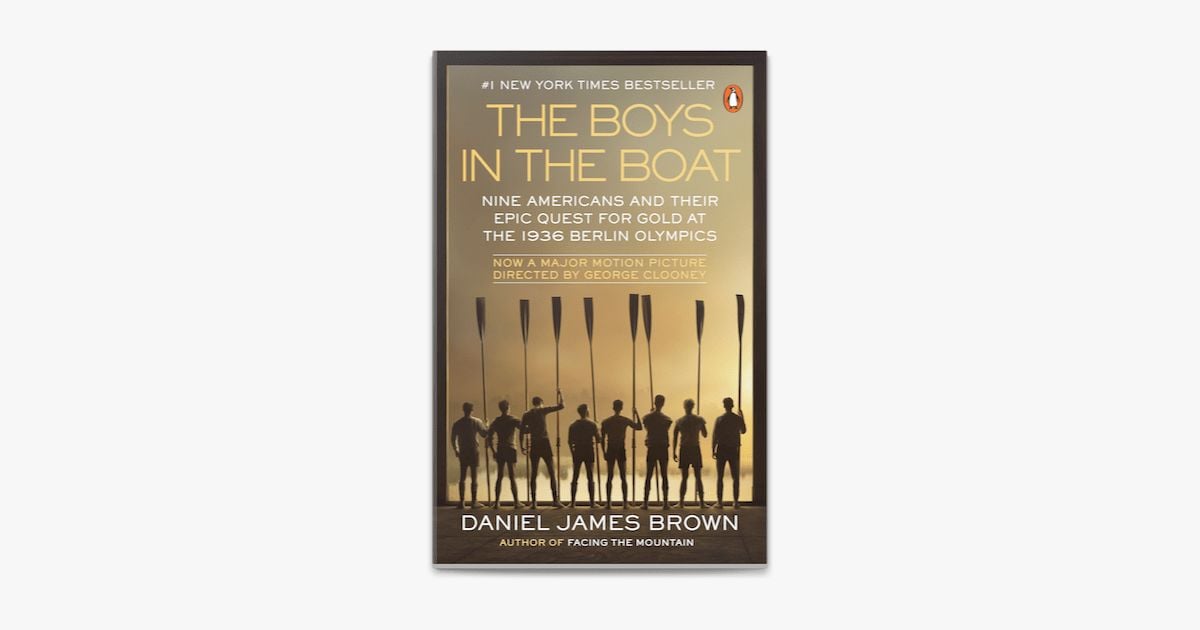
The Human Spirit of Rooting for the Unexpected
The underdog theme is an enduring motif that captures our hearts. It is human nature to root for the unexpected, to see the overlooked triumph. In ‘The Boys in the Boat,’ we’re reminded that beneath their oarsmen exterior, these young men shared common aspirations and challenges with us all. Their story is a testament to our collective yearning for stories where determination can overcome any odds.
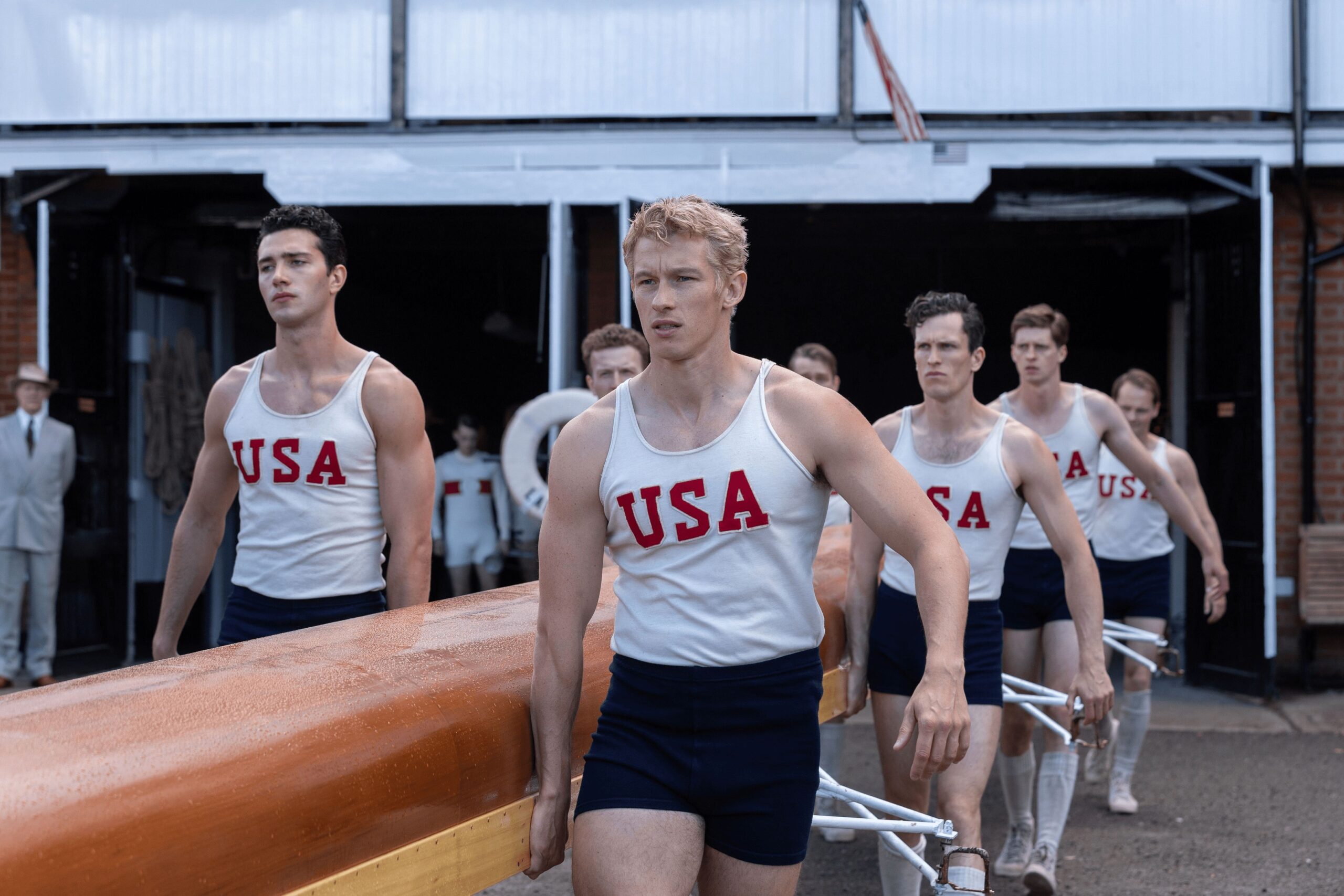

The Enduring Resonance of Teamwork and Camaraderie
Teamwork and camaraderie are not just themes; they are lifelines that run through the heart of ‘The Boys in the Boat.’ The rowers’ interdependence and unity are what propelled them to victory against all odds. These themes are timeless because they reflect our own lives—how we rely on each other to achieve common goals, celebrate successes, and face failures together.
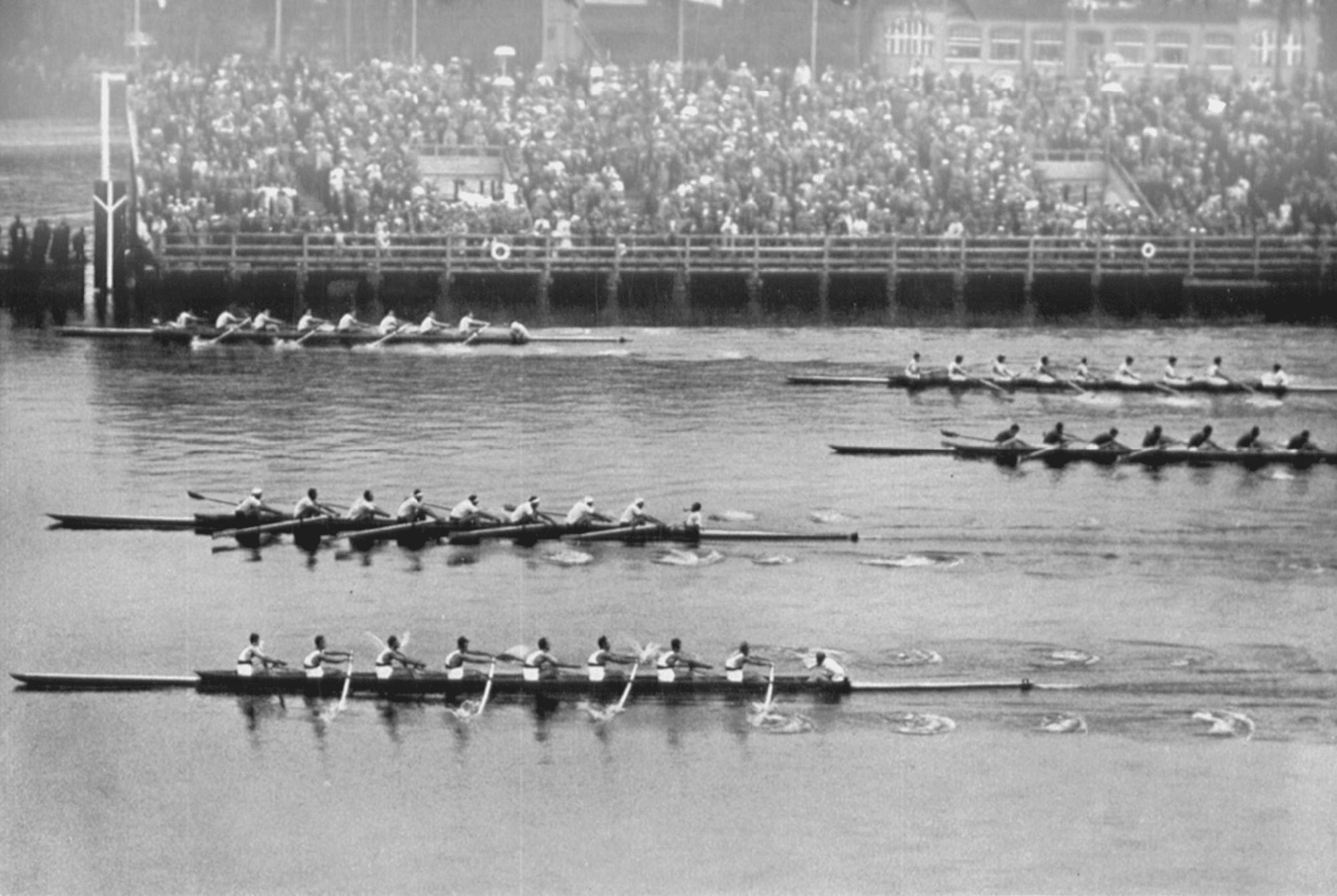

Showcasing Perseverance Through Personal and Collective Adversity
The characters’ journeys in overcoming adversity are at the core of this story’s enduring message. Whether it’s battling economic hardship or pushing against societal expectations, their perseverance inspires us. The tale echoes with An underdog team for an underdog nation!
, reflecting not just a sports victory but a triumph over life’s greater challenges.


A Legacy Etched in Time
The historical significance of the 1936 Olympics cannot be overstated. In an era marred by political upheaval and propaganda, these games stood as a beacon of hope and human spirit. The patronage of Adolf Hitler himself and the subsequent protests against future Olympic Games underscored global tensions that made this event—and its stories—resonate even more deeply through time.
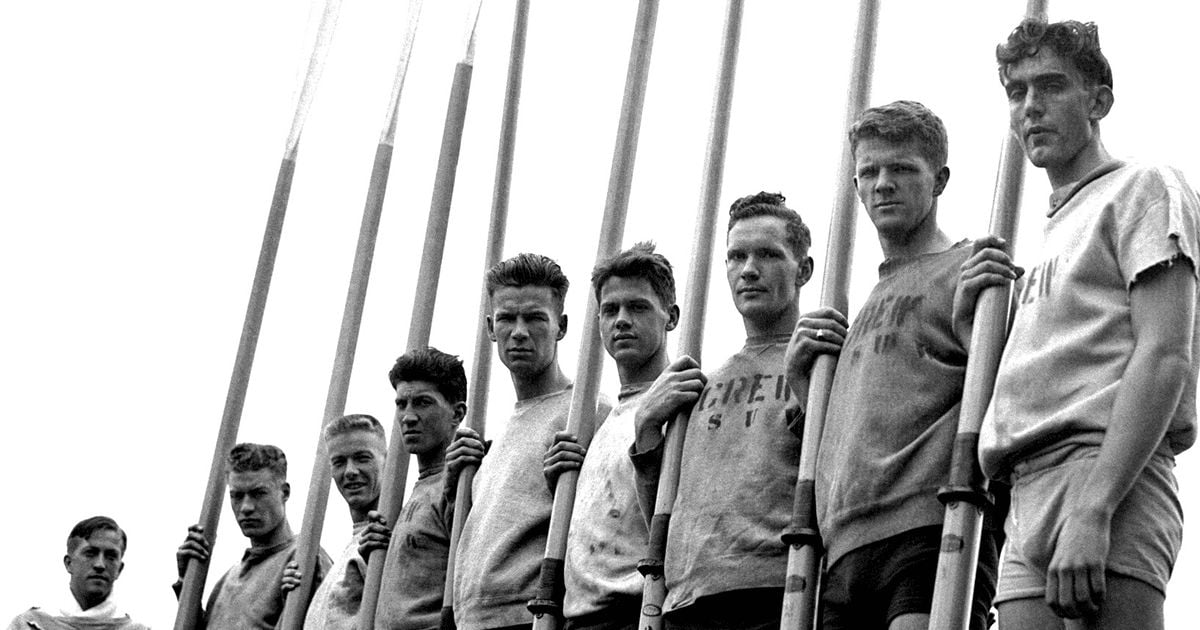

The Captivating Power of True Stories
In exploring the narrative nonfiction genre, we see how ‘The Boys in the Boat’ exemplifies its power. These true stories captivate us, allowing us to travel back in time and live through moments we never experienced firsthand. The ongoing discussions around this book affirm its place as a pitch-perfect time capsule that continues to engage readers across generations.
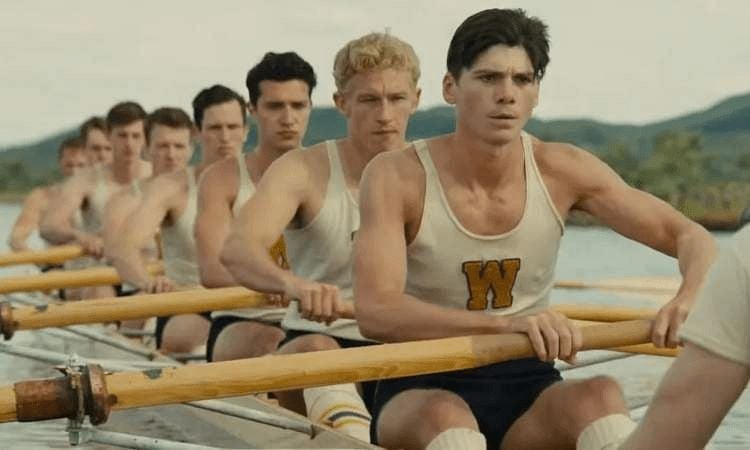

Introducing Timeless Tales to New Audiences
Modern adaptations, such as films directed by notable personalities like George Clooney, play a crucial role in keeping ‘The Boys in the Boat’ accessible. These adaptations breathe new life into old tales, ensuring that each new generation can find relevance and inspiration within its narrative folds.
A Timeless Story for Today’s World
In conclusion, ‘The Boys in the Boat’ remains timeless because it taps into our collective consciousness—it speaks of perseverance, hope amidst despair, and unity overcoming division. As we reflect on its significance today, we are reminded that some stories transcend time, continuing to inspire long after their initial telling.

